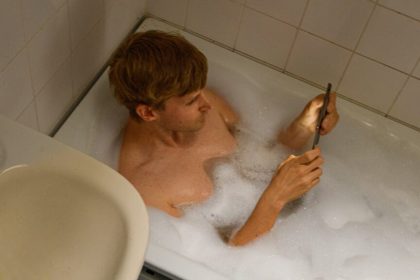Labubu—an impish, elf-like monster doll created by Hong Kong artist Kasing Lung—has transcended its roots to become a leading collectible, fashion accessory, and global cultural icon. Aided by celebrity endorsements, scarcity marketing, and viral social media trends, this furry toy has broken records and sparked both adoration and controversy.
Origins in Nordic Folklore and Children’s Books
First introduced in 2015 as part of The Monsters picture-books by Kasing Lung, Labubu draws inspiration from Nordic mythology.—a mischievous brown-furred character bearing a toothy grin and pointed ears. In 2019, Pop Mart, a Beijing-based blind-box retailer, began producing vinyl and plush versions, transforming the character from niche artwork into a pop-culture darling.
The Blind-Box Boom and “Designer Toy” Appeal
Labubu is sold in Pop Mart’s signature “blind boxes”—sealed containers concealing a random figure. Collectors are drawn to the thrill of surprise and the chase for rare editions. More than 300 variants now exist, ranging from small $15 figures to 31-inch limited editions worth hundreds of thousands of dollars. This marketing tactic fueled Pop Mart’s 2024 revenue of ¥6.3 billion ($870 million).
Celebrity Power and Global Fashion Presence
The trend snowballed after K‑pop star Lisa (Blackpink) was photographed with a Labubu keychain in 2024, triggering wider recognition. Other celebrities—including Rihanna, Dua Lipa, Cher, Michelle Yeoh, and David Beckham—have spotlighted the doll, using it as fashion accessory and status symbol.
Phenomenon Scale and Cultural Impact
Labubu mania surged across Asia and into Western markets—leading to store shutdowns, resale frenzies, and even “back-alley” black-market vendors, as seen in New York’s Flushing area. A four-foot prototype fetched $170,000 at auction, while resale prices for rare blind‑box figures often exceeded $1,000.
Economic Influence and Regulatory Scrutiny
Pop Mart’s stock rose over 165% in 2025, yet faced a 3.6% drop after Chinese regulators flagged blind-boxes as potentially addictive to minors—prompting tighter controls. The model reveals both unprecedented engagement and emerging ethical concerns over compulsive purchasing .
Why Labubu Resonates
Design experts argue that Labubu strikes a balance between cute and slightly unsettling—evoking curiosity and emotional connection. Its “inclusivity” and playful subversion challenge conventional toy aesthetics. Adult collectors find it nostalgic and comforting in times of uncertainty .
The Path Forward: Media, Fashion, and Market Expansion
- Collaborations: Labubu has spawned art-toy collabs—Coca‑Cola, One Piece, and Louvre editions—boosting its premium appeal .
- Celebrity crossovers: Upcoming K‑pop partnerships (e.g., Seventeen) and new series expansions—like “Food‑themed Wacky Mart”—promise sustained hype.
- Media potential: With 2025 marking Labubu’s 10th anniversary, creator Lung plans new books and merch to deepen storytelling roots.
The Broader Significance: Soft Power and Cultural Shift
Labubu’s rise illustrates China’s success in exporting gaming and designer toys, helping reshape perceptions through “cool China.” It stands alongside trends like Beanie Babies and Supreme—blurring the borders between toys, art, fashion, and investment .
Labubu’s conquest of global culture reflects more than just a toy trend. It represents a complex mix of nostalgia, marketing psychology, celebrity influence, and cultural branding—showing how a fuzzy, fang-toothed elf can leave an outsized mark on the world stage.











